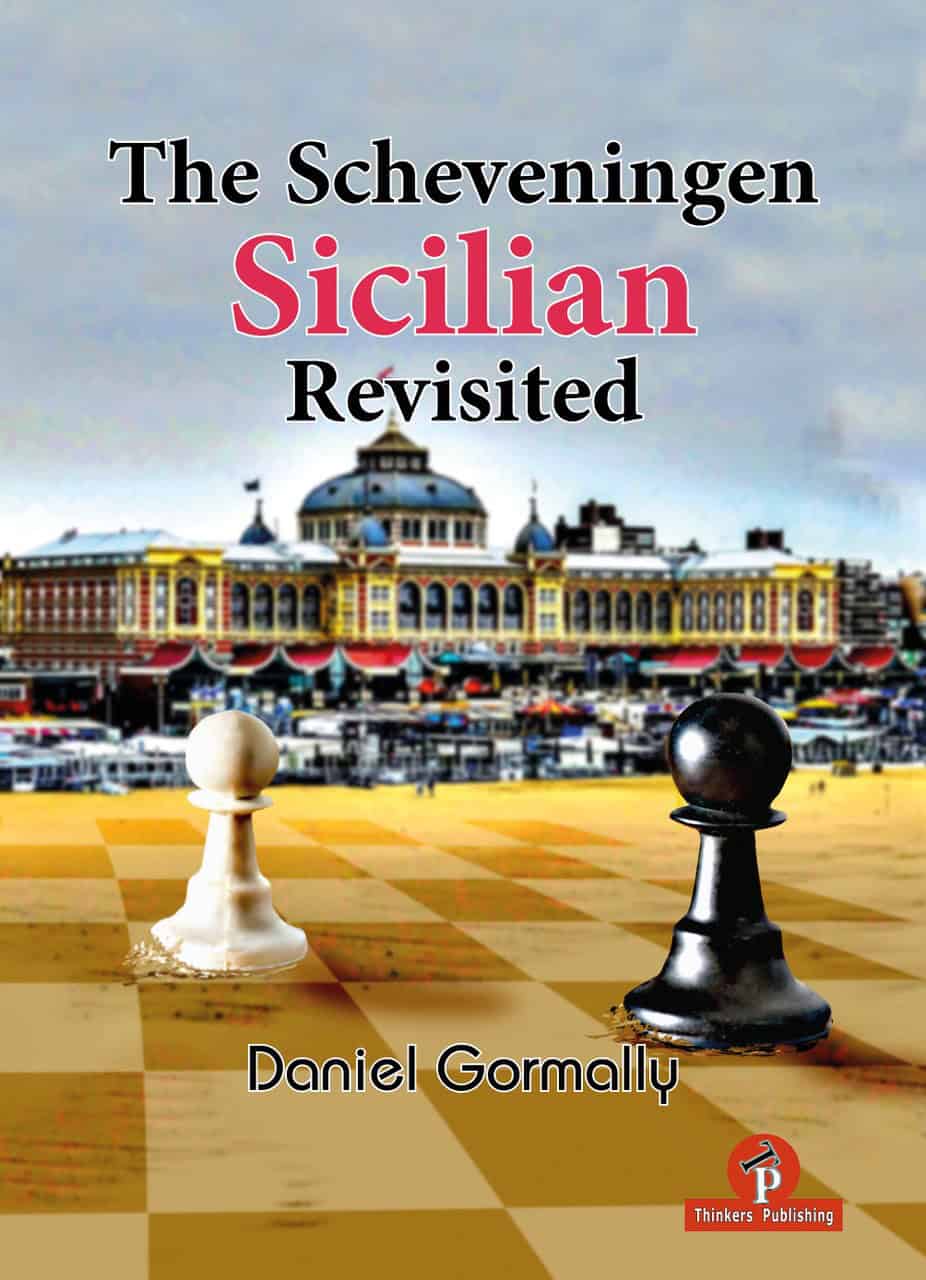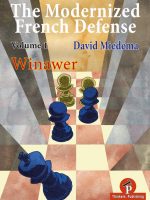Description
The Scheveningen structure is defined by Black’s pawns on e6 and d6, which provide a strong base for future operations. This setup offers Black several key benefits:
- Flexibility: The pawn structure is highly adaptable, allowing Black to launch attacks on either wing or in the center, depending on how White proceeds.
- Solid Center: The pawns on e6 and d6 form a solid and resilient central structure that is difficult for White to break down.
- Counterattacking Potential: Despite its solid appearance, the Scheveningen is not passive. Black often aims to strike back with moves like …b5, …d5, or even a well-timed …f5, creating counterplay on multiple fronts.
Typical Plans for Black
- Piece Development: Black often develops the light-squared bishop to e7 and the dark-squared bishop to b7 or e6, depending on the specific lines. The knights are typically placed on c6 and f6.
- King Safety: Black usually castles kingside early to ensure the king’s safety. The g7 pawn can be advanced to g6 to fianchetto the dark-squared bishop, adding an extra layer of protection.
- Queenside Play: One common plan is to advance the b-pawn to b5, preparing to expand on the queenside with moves like …a6 and …b4, which can be particularly strong if White has castled queenside.
- Central Breaks: Black often looks to strike in the center with …d5 or …f5, depending on the position. These breaks can lead to dynamic positions where Black’s pieces come to life.
White’s Approach
White has several ways to challenge the Scheveningen, each leading to different types of positions:
- Keres Attack (6. g4): A highly aggressive option where White immediately begins a kingside pawn storm, intending to exploit the absence of Black’s pawn on f5.
- English Attack (6. Be3, 7. f3, and 8. Qd2): White aims to build a powerful kingside attack by preparing the pawn advances g4 and f4, often followed by castling queenside.
- Classical Approach (6. Be2 or 6. f4): White can opt for a slower, more positional approach, gradually building up in the center and waiting for the right moment to strike.
Famous Games and Players
The Scheveningen has been employed by many of the greatest players in chess history, including Garry Kasparov, who used it with great success during his reign as World Champion. Kasparov’s games, particularly against Anatoly Karpov, offer a wealth of instructional material on this opening.
Conclusion
The Sicilian Scheveningen Defense is a rich and complex opening that offers Black a mix of solid defense and dynamic counterattacking chances. Its flexibility allows it to be adapted to a wide range of situations, making it a popular choice for players of all levels. Whether you are looking to outmaneuver your opponent in a tactical battle or outlast them in a positional struggle, the Scheveningen provides a reliable framework for success.








Reviews
There are no reviews yet.